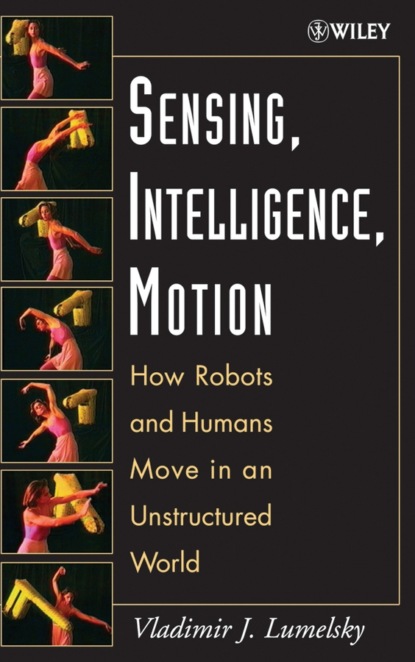- бизнес-книги
- детские книги
- дом, дача
- зарубежная литература
-
знания и навыки
- изучение языков
- компьютерная литература
- научно-популярная литература
- словари, справочники
-
учебная и научная литература
- безопасность жизнедеятельности
- военное дело
- гуманитарные и общественные науки
- естественные науки
- задачники
- монографии
- научные труды
- практикумы
- прочая образовательная литература
- сельское и лесное хозяйство
-
технические науки
- высокие технологии
- горное дело
- информатика и вычислительная техника
- конструкции
- легкая промышленность
- материаловедение
- машиностроение
- нормативная документация
- общетехнические дисциплины
- основы производства
- пищевая промышленность
- приборостроение
- проектирование
- промышленность
- радиоэлектроника
- строительство
- техническая литература
- технологии металлов
- транспорт
- химическая технология
- эксплуатация промышленного оборудования
- энергетика
- учебники и пособия для вузов
- учебники и пособия для ссузов
- учебно-методические пособия
- история
- комиксы и манга
- легкое чтение
- психология, мотивация
- публицистика и периодические издания
- родителям
- серьезное чтение
- спорт, здоровье, красота
- хобби, досуг
Vladimir Lumelsky J. — Sensing, Intelligence, Motion
Купить и скачать за 21569.58 ₽

Понравилась книга? Поделись в соцсетях:
Автор: Vladimir Lumelsky J.
Издатель: John Wiley & Sons Limited
ISBN: 9780471738190
Описание: A leap forward in the field of robotics Until now, most of the advances in robotics have taken place in structured environments. Scientists and engineers have designed highly sophisticated robots, but most are still only able to operate and move in predetermined, planned environments designed specifically for the robots and typically at very high cost. This new book takes robotics to the next level by setting forth the theory and techniques needed to achieve robotic motion in unstructured environments. The ability to move and operate in an arbitrary, unplanned environment will lead to automating a wide range of new robotic tasks, such as patient care, toxic site cleanup, and planetary exploration. The approach that opens the door for robots to handle unstructured tasks is known as Sensing-Intelligence-Motion (SIM), which draws from research in topology, computational complexity, control theory, and sensing hardware. Using SIM as an underlying foundation, the author's carefully structured presentation is designed to: * Formulate the challenges of sensor-based motion planning and then build a theoretical foundation for sensor-based motion planning strategies * Investigate promising algorithmic strategies for mobile robots and robot arm manipulators, in both cases addressing motion planning for the whole robot body * Compare robot performance to human performance in sensor-based motion planning to gain better insight into the challenges of SIM and help build synergistic human-robot teams for tele-operation tasks. It is both exciting and encouraging to discover that robot performance decisively exceeds human performance in certain tasks requiring spatial reasoning, even when compared to trained operators * Review sensing hardware that is necessary to realize the SIM paradigm Some 200 illustrations, graphic sketches, and photos are included to clarify key issues, develop and validate motion planning approaches, and demonstrate full systems in operation. As the first book fully devoted to robot motion planning in unstructured environments, Sensing, Intelligence, Motion is a must-read for engineers, scientists, and researchers involved in robotics. It will help them migrate robots from highly specialized applications in factories to widespread use in society where autonomous robot motion is needed.